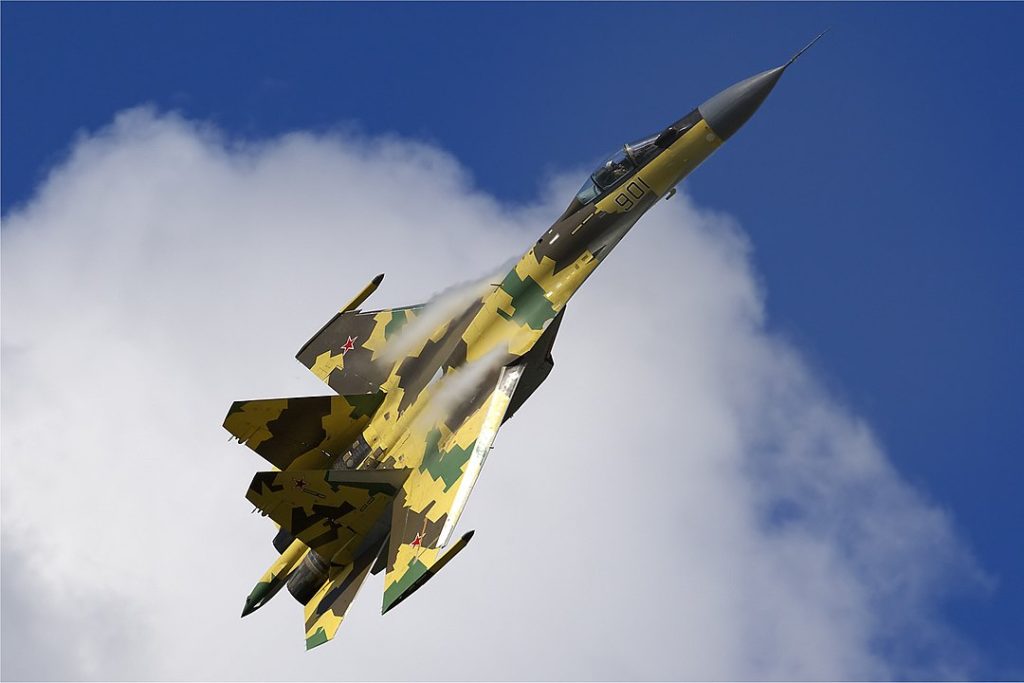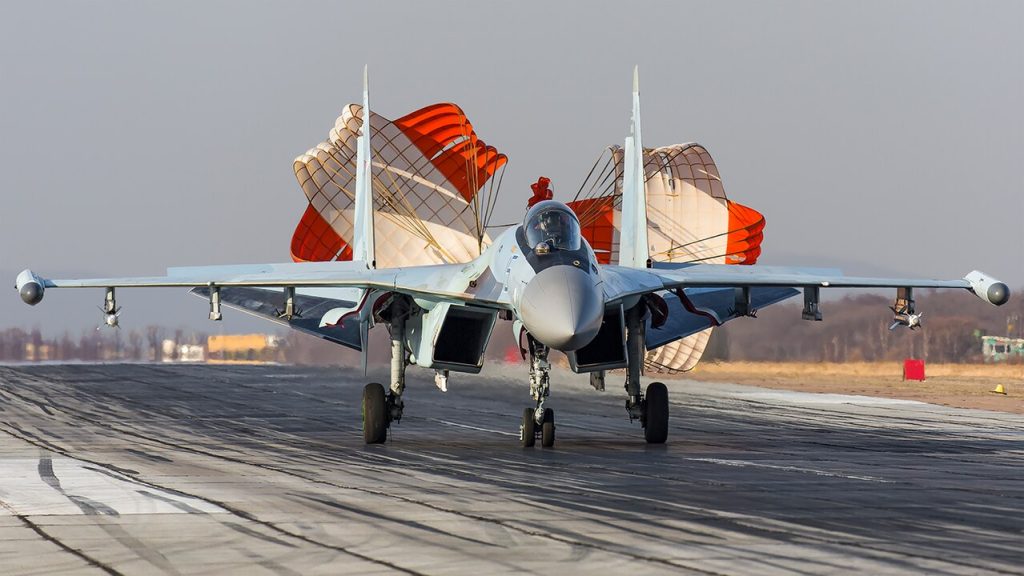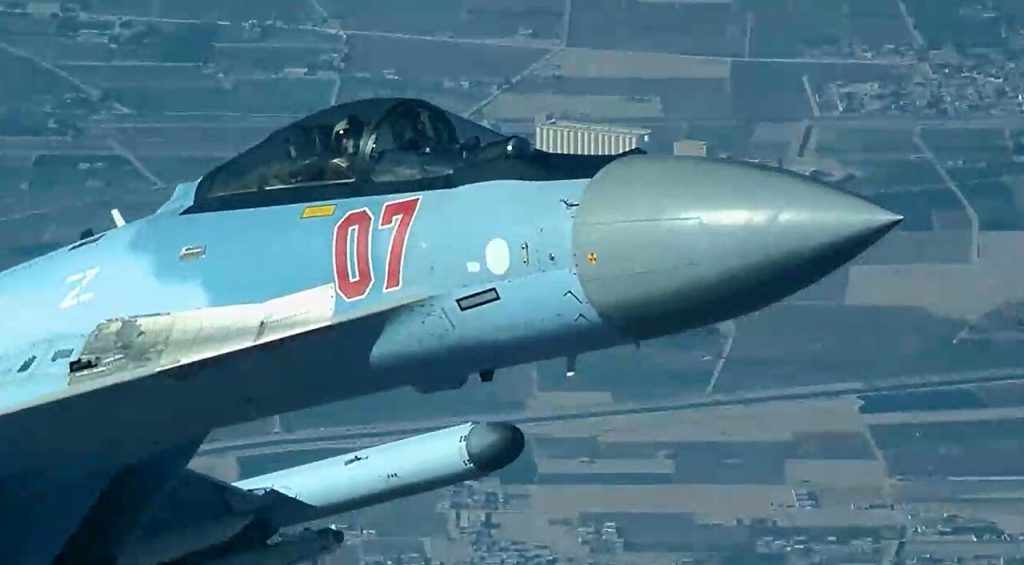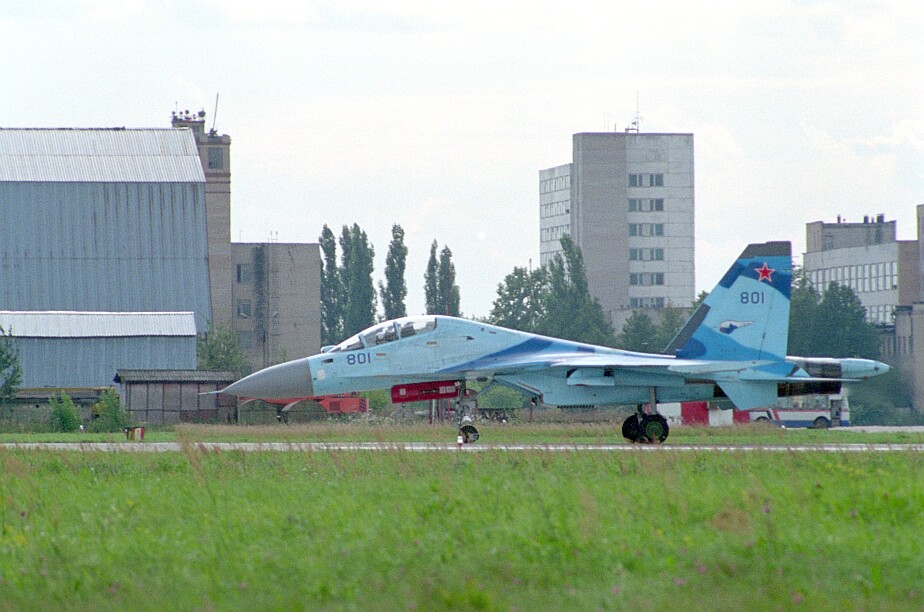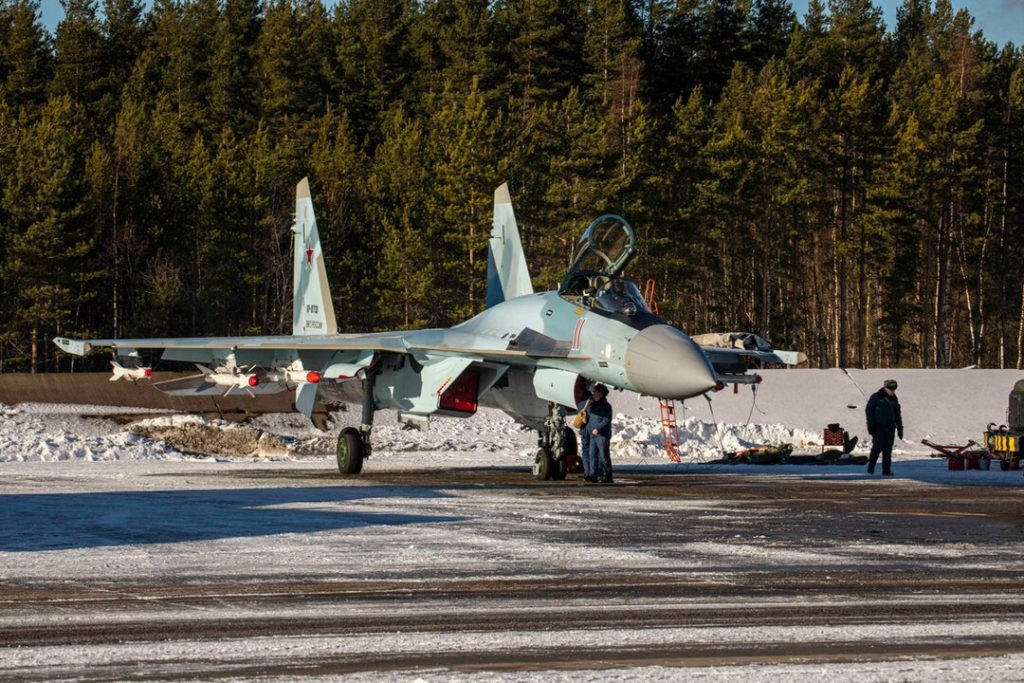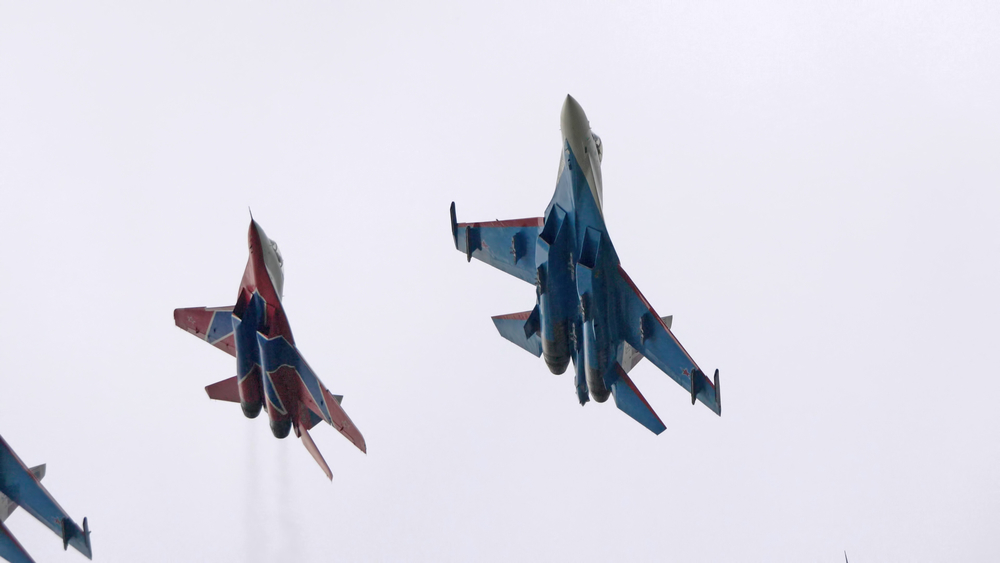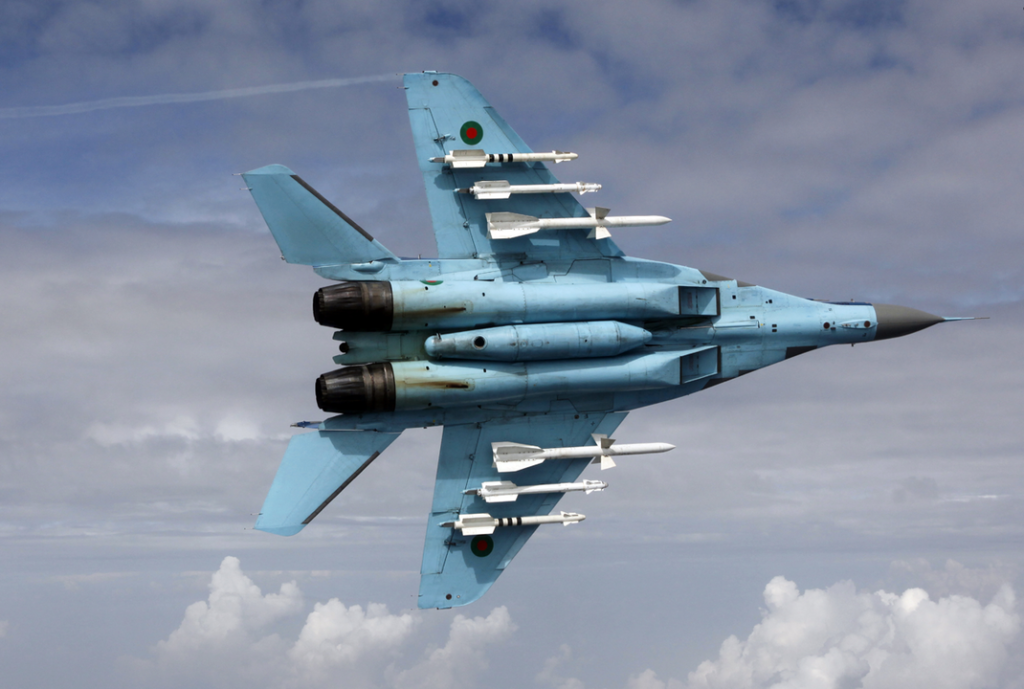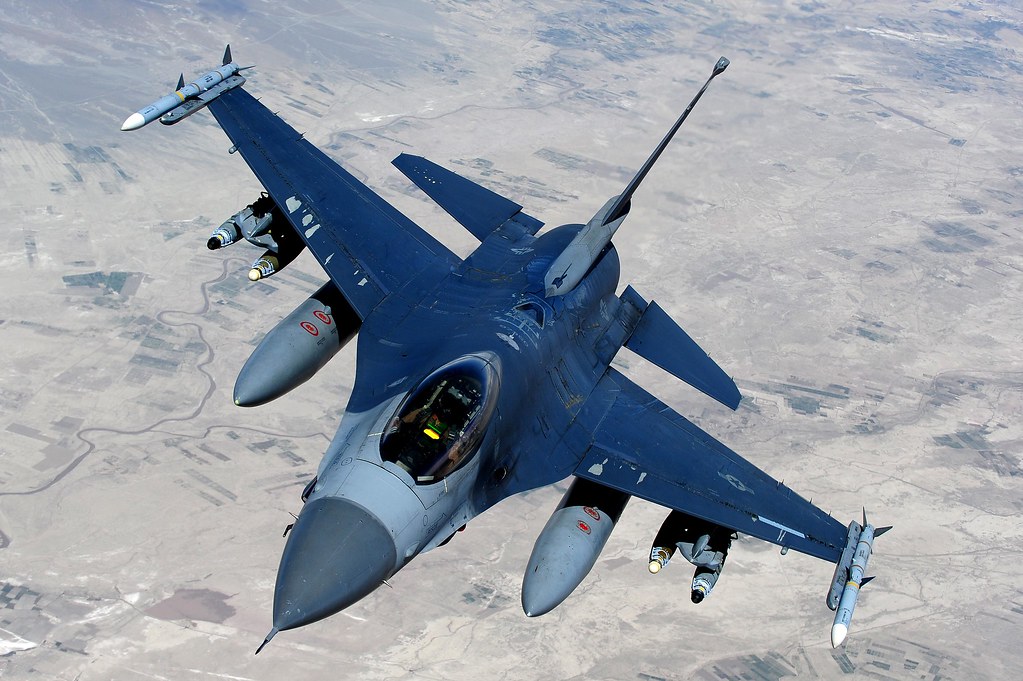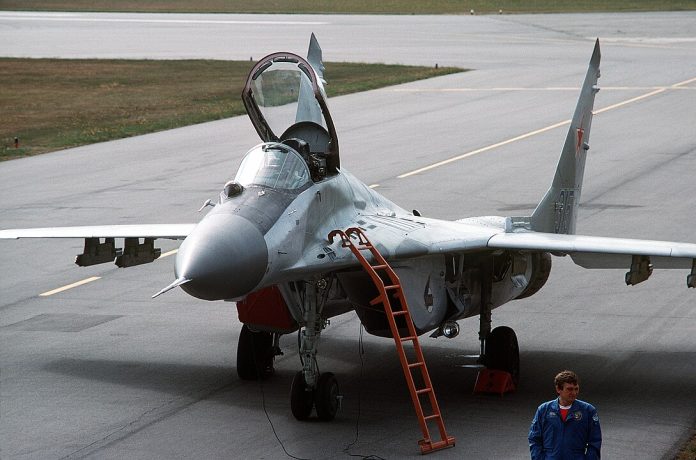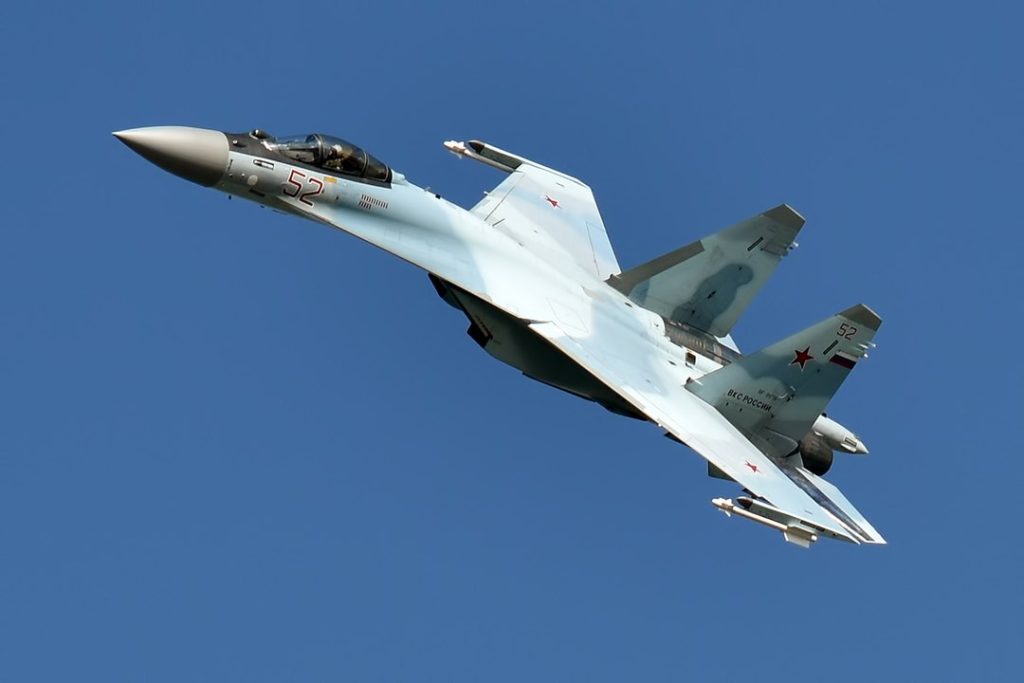
The United States military has historically shown a keen interest in the technology behind foreign aircraft, particularly those originating from its adversaries. In Ukraine’s War with Russia in 2023, the downing of a Russian Sukhoi Su-35 ‘Flanker-E’ has presented the US defense scientists with a valuable opportunity. Portions of the jet’s wreckage were promptly dispatched to facilities in the UK and the US, including Porton Down in Wiltshire and Nevada. This event echoes a long-standing tradition that can be traced back to the Cold War and earlier when examining the technology of potential adversaries was crucial for maintaining a strategic edge.
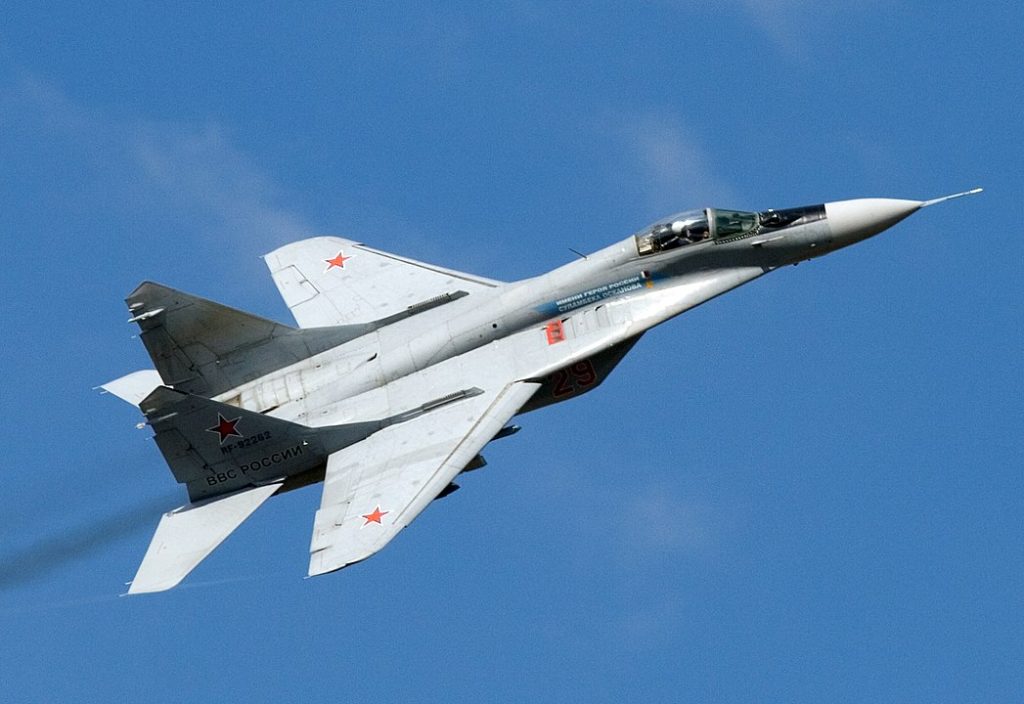
The Su-35 debris’s analysis continues the legacy of Cold War intelligence practices when the US gained significant insights from Soviet aircraft such as the MiG-29 Fulcrum and the MiG-25 Foxbat. The MiG-29, in particular, was a critical Soviet response to US fighters like the F-15 Eagle and F-16 Fighting Falcons. The aircraft’s capabilities, notably its Archer AA-11 missiles equipped with a helmet-mounted cueing system, were advanced for the 1990s and posed a challenge to US air superiority.
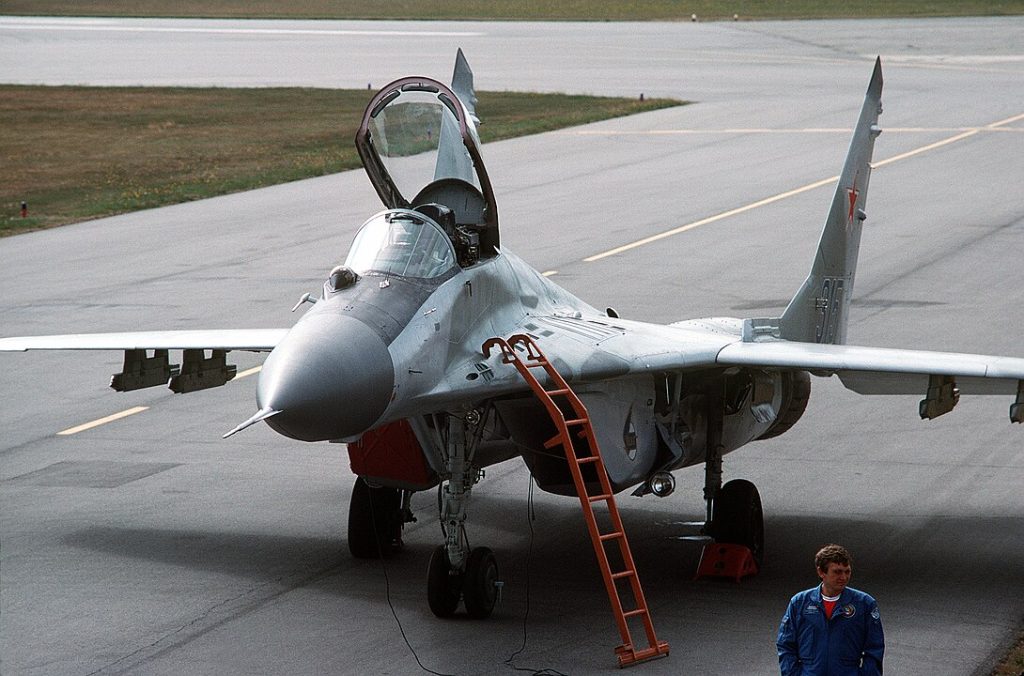
The opportunity to acquire this advanced technology came when the Soviet Union collapsed, leaving the newly independent states with massive stockpiles of Soviet weaponry. Moldova, for instance, found itself in possession of 34 MiG-29 Fulcrums. However, amid a deep recession and unable to maintain such an arsenal, Moldova was a prime candidate for offloading these assets.
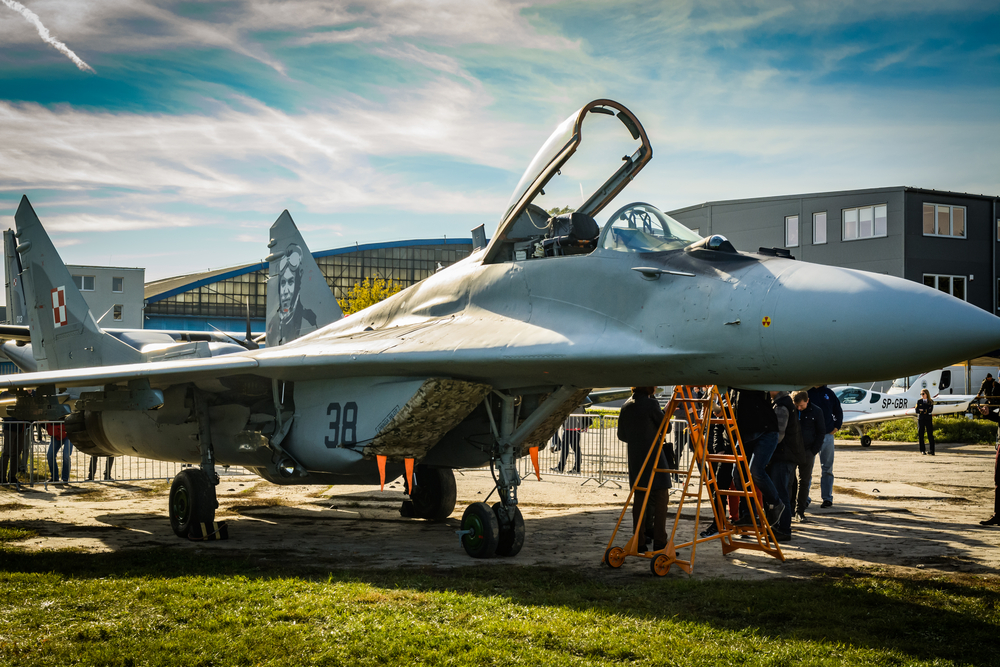
In a strategic move during October 1997, the US preempted Iran’s efforts to acquire 21 of these MiG-29s, which included models capable of delivering nuclear weapons. This acquisition, executed under the Defense Department’s Cooperative Threat Reduction (CTR) Program, was not just an act of proliferation prevention but also a means to deepen US understanding of Russian military hardware.
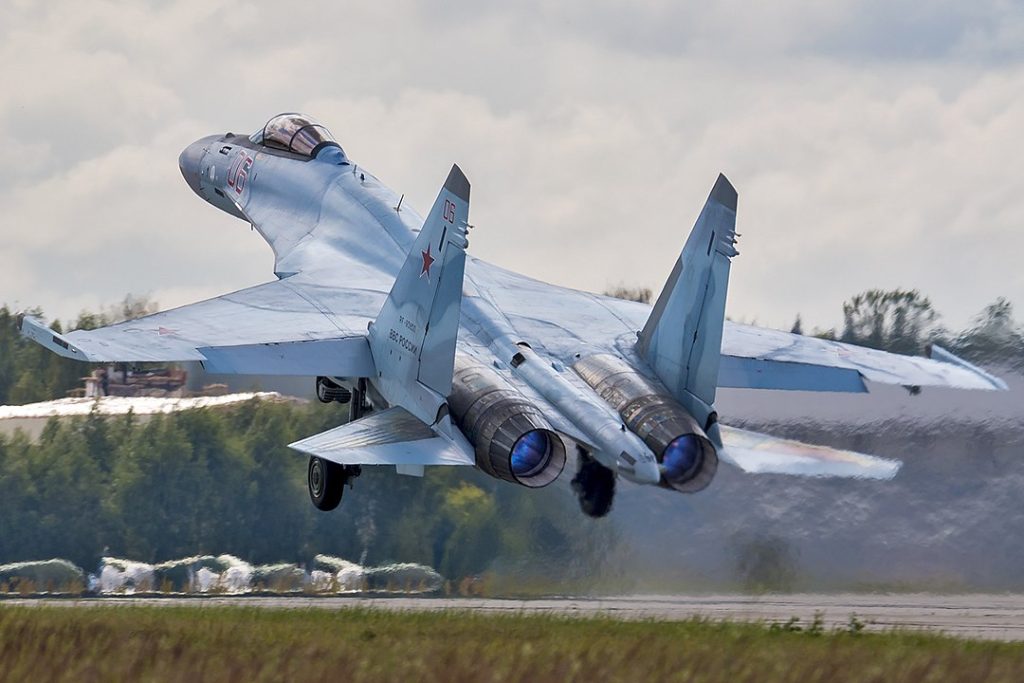
The US and Moldova agreement was finalized on October 10, 1997, and involved not only the fighters but also 500 air-to-air missiles, spare parts, and diagnostic equipment. Moldova, in return, received about $40 million in cash, humanitarian assistance, and non-lethal excess defense articles such as trucks. The fighter jets, transported to Wright Patterson Air Force Base in Ohio, were to be reassembled, analyzed, and used for training purposes.
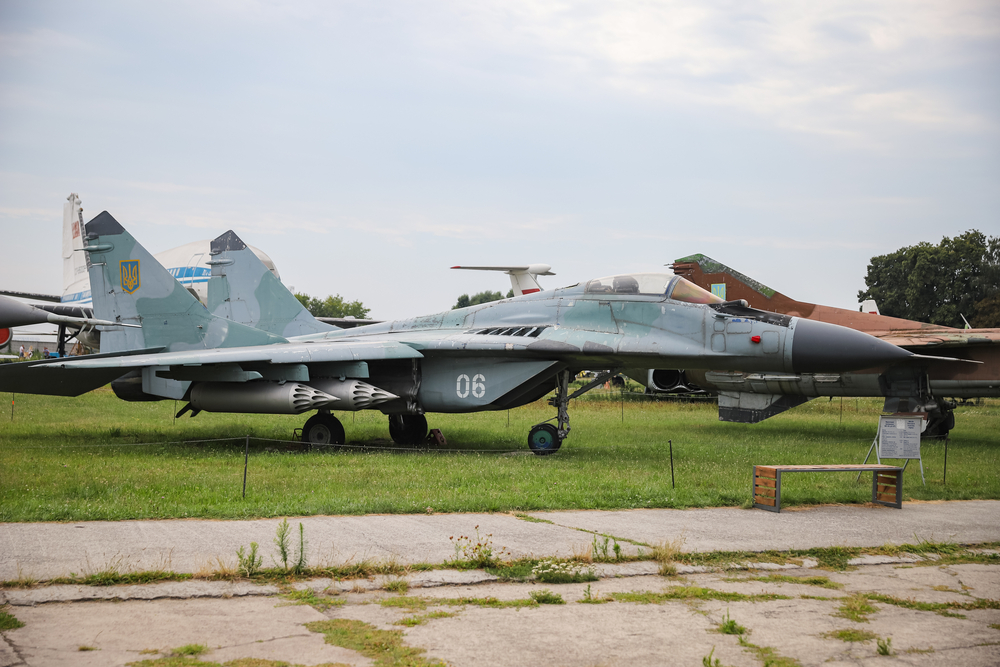
The information gathered from the Moldovan MiG-29s provided the US with additional insights into the MiG-29 class capabilities, which remained prominent in the air forces of many former Eastern Bloc nations and their client states. Similarly, the acquisition of the MiG-23 from Egypt and the infamous defection of a Soviet pilot in a MiG-25 to Japan in 1976, had provided the US with a treasure trove of information on Soviet aeronautics.
related images you might be interested.
